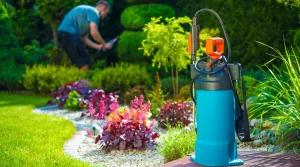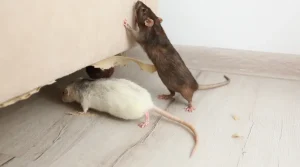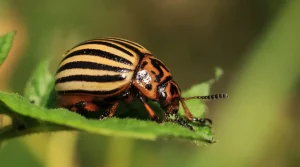Termites are a kind of masonry pest that may cause significant damage. They swiftly spread to nearby buildings and even the property owners’ residences. There are now about 200 distinct types of termites in the United States, and new ones are constantly emerging. Aside from the fact that they are distinct species, termites in various houses vary in a few other ways. If you’re concerned about termites, here’s a look at the many types you could encounter in your house. Also covered is what to do if you find termites in your home.
What Do Termites Do?
The structure of a termite is similar to that of a honeycomb.
It is the primary method of obtaining food for most Americans. It is almost entirely constructed of gold honeycomb cells. Most are comparable to rice grains in size. But to make them sturdy, they include a few millimeters of additional material. There might be 100 termites or 100,000 termites, however most studies have shown that there are at least 200,000 termites.
Termites take practically everything that comes from a plant since they are omnivorous. They are known to like wood even though they have been seen eating plastic and other natural materials. Termites are a very dexterous species. This means that they are hard to kill and will keep eating even if the structure they were living in is destroyed. They have been seen by people settling in unsettling settings like fields and woodlands and remaining there for lengthy periods of time.
Varying Termites Living In Different Places
It’s critical to consider where the issue will be while picking which sort of termite to eradicate. Termites often do greater harm in areas with more diversity. They can only live in increasingly diverse environments. Cities and towns are great examples of this. There are more people in certain areas, hence there are probably more termites there.
However, the quantity of these insects imported is equally significant. The more varied a region is, the less probable it is that a change in population density will have an impact on it. The temperature of the air is also very important. The number of termites is likely to be lower in places with colder temperatures. This is most likely due to termites’ preference for warm, humid environments.
Pest Control
Pests are living organisms that intentionally or unintentionally cause harm to humans, other living things, or plants. While termites are currently the primary focus of many pest management businesses, There might be a problem with several other insects and animals that eat plants.
Most companies that get rid of pests use biological controls, which are organisms that occur naturally or that people bring to the market. The names for these are parasitoids or predators. Insects and their prey are able to consume these creatures. The creatures provide food for the insects. You can buy biological controls as chemicals, as biological powders, or as both. On the other hand, natural controls are proteins that plants or animals give off and that people eat.
Getting Rid of Pests
To make sure that none of the offered remedies or treatments make pests worse, pests are continuously monitored. This is essential when a house has a lot of termites. curtain installation in a particular area to avoid termites from entering and cleaning any gaps or fissures in the wall are two of the most popular techniques to check for termite activity in your house. Additionally, you should examine the brickwork’s level, the gaps and weak areas in the hardwoods and other neighboring plants, the quantity of trees, and the presence of animals.
Why Should You Worry About Termites?
There are many concerns that could arise. Other anxiety coping techniques may exist based on your environment and level of anxiety.
Following your dread, the following conditions often bring the most worry and harm:
- Doors that won't close, missing or cracked outside window panels, and shattered window glass are a few instances of structural issues.
- There are odd or ostentatious clocks, posters, and other products or ceramics.
- Your primary living spaces, the kitchen and bathrooms, as well as other places where you spend a lot of time, are examples of open or damp spaces.
- Heavy lifting, like moving roofs, walls, or bricks up and down or carrying roof contents.
- Hot and dry conditions, such as those that prevail during the winter when there is no water to keep the soil and air wet and no power or air conditioning to cool things down.
How to Keep Them from Affecting Your Home
- Wash your hands often, especially after eating or while cleaning your hands or lips.
- Any painting or building work that has been done in your home should be cleaned up. If you do this often enough, termites shouldn't be able to hurt you.
- Wipe your face with a fabric or a damp organic cloth to keep the dirt and grime from coming back.
- Use additional care while interacting with kids. They could be more likely than adults to get cut or break anything.
- Whenever you do work around your house, you should always wear gloves. This includes your work with bricks, fixing the roof, and doing other things inside.
- Every year, make sure to clean your shingles well. Putting on shingles is another name for this.
Conclusion
Despite their differences from the bulk of other insects, termites share certain characteristics with them. Many people are afraid about termites because of misinformation. Termites may be stopped in a variety of methods. A professional landscape architect or house inspector should be contacted as soon as you begin to detect changes in your home’s surroundings to ensure the damage is serious.
If you need termite cleaning services, they are available. Please contact us straight away!




